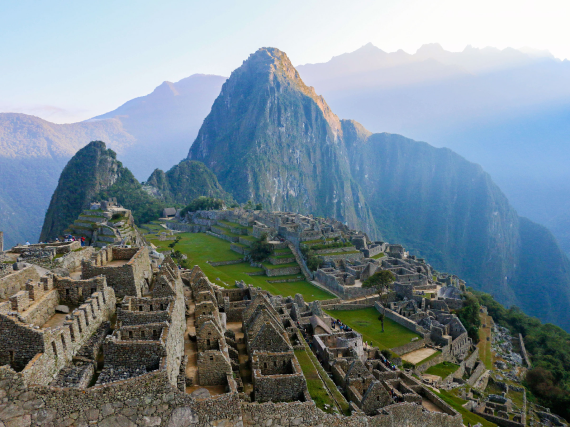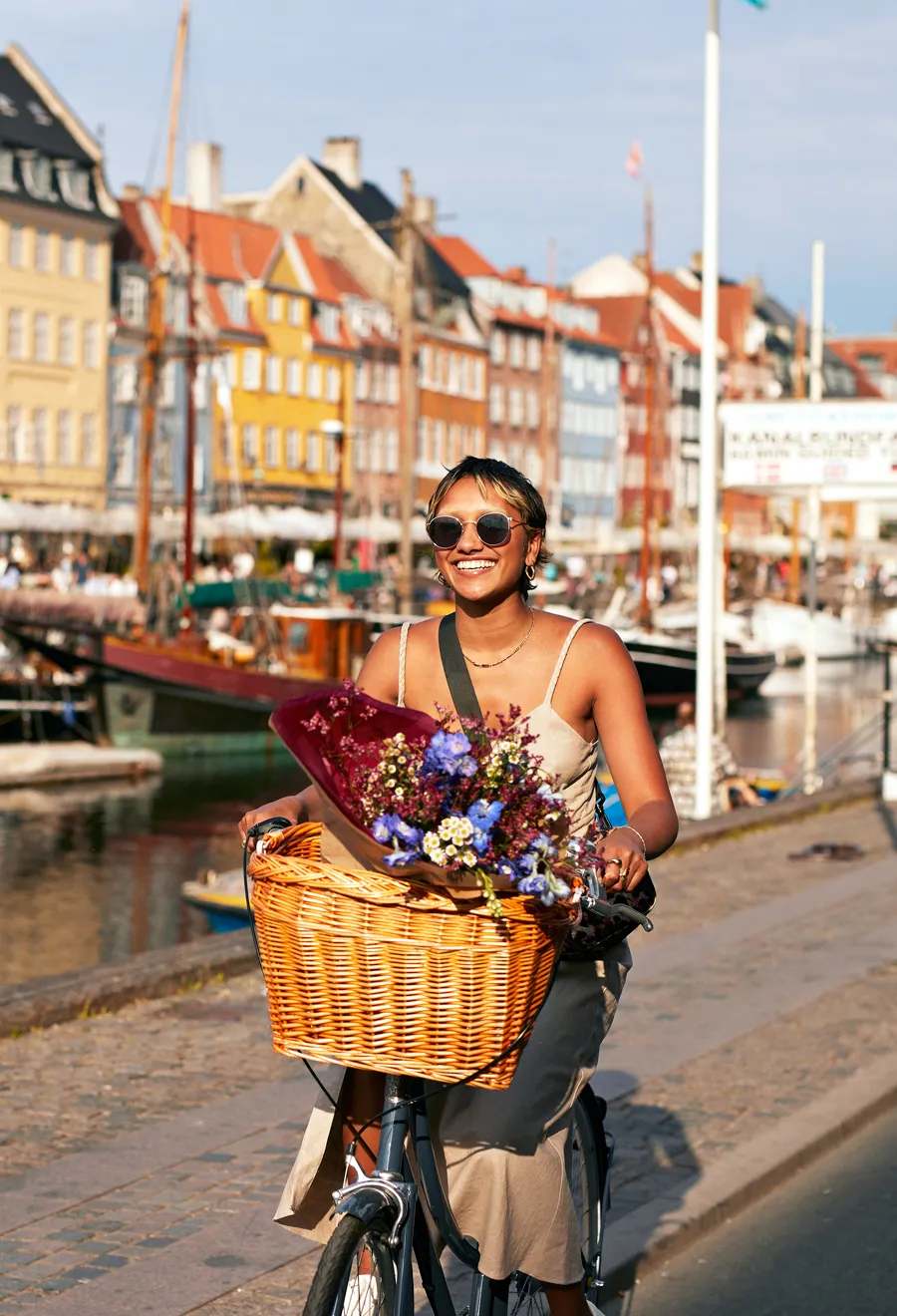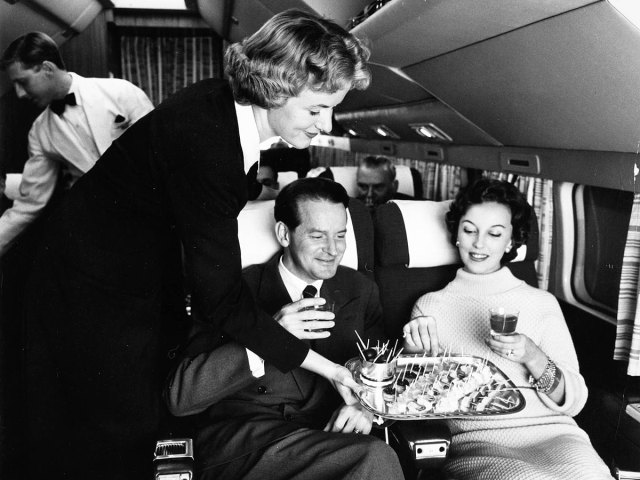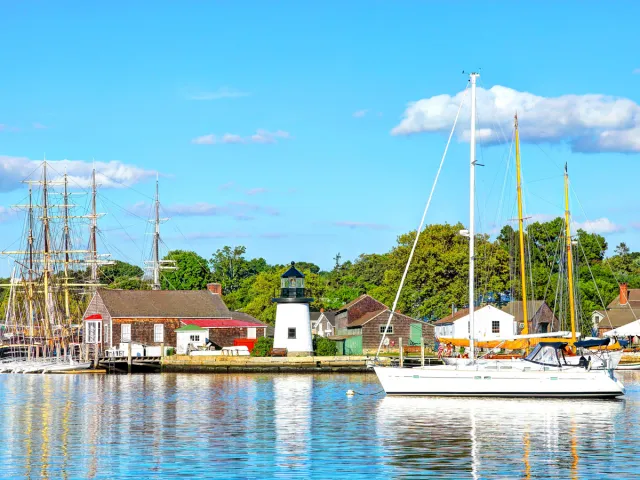There’s nothing wrong with being a tourist — in fact, many places rely on tourism as a vital part of their economy. But if you want to experience a destination on a deeper level, you’ll have a more authentic experience if you make an effort to blend in with the locals — whether it’s by trying unfamiliar delicacies, navigating public transportation, or building meaningful connections with the people you meet on your travels. Doing so allows you to see the world through a different lens. However, blending in isn’t about pretending to be someone you’re not — it’s about showing respect, curiosity, and adaptability. Here are a few tips to avoid the “tourist” label and fully immerse yourself in a new country.
Learn the Language

You don’t need to be fluent in a country’s language to travel there, but knowing a few key phrases goes a long way. Start with the basics — “hello,” “goodbye,” “please,” “thank you,” and “excuse me” — but don’t forget to add practical questions like “How much does this cost?” or “Where is the restroom?” to your repertoire.
Pronunciation matters, too. For instance, Spanish sounds noticeably different in Spain than in Latin America. When in Spain, the soft “C” in “Barcelona” is actually a “Th” sound (“Barthelona”), but in Latin America, it’s pronounced as an “S.” Locals will appreciate your attempt to use correct pronunciation.
Also keep in mind that some foreign words have different regional meanings. In Spanish, having a cup of tinto in Latin America (especially Colombia) means black coffee, but it’s a glass of red wine in Spain. Don’t be afraid to ask locals for pronunciation or vocabulary help — most people will often respond warmly.
Understand the Dining Culture
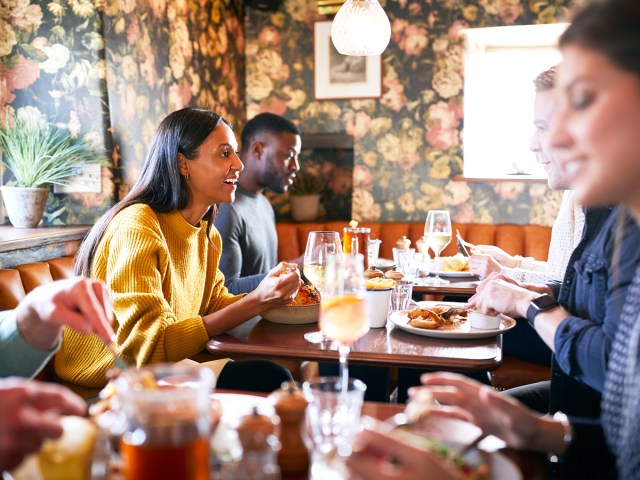
Before you arrive in a foreign country, it’s a good idea to conduct a little research on cultural and social norms, especially in regards to dining. What do locals do at restaurants? Do they tip?
For example, according to the Japanese travel experts at Boutique Japan, “attempts to leave a tip will almost certainly be turned down” — a potentially awkward moment for both parties. Speaking of food and drinks, eating and drinking on the street or commuter trains is generally frowned upon in Japan and many other countries. Take a beat to observe what the locals are doing and adjust accordingly.
Dining practices can be quite different from those in North America. For example, European diners tend to linger at their tables after they’ve finished their meal — they usually don’t ask for the check at first chance. How you eat can also be very different. Skipping the silverware and eating with your hands is common in parts of India, Africa, the Middle East, and Southeast Asia. And in Japan, never point your chopsticks at anyone while eating — it’s considered a faux pas.
Grab a Newspaper

Learning about a country’s local events and recent history not only helps you understand and appreciate the attractions you will visit, but also helps you avoid major disruptions to your travel plans, such as strikes, protests, and events that could bring in crowds and traffic. The news will give context to what you see and hear, and as a bonus, you might just form a better connection with your taxi driver or tour guide if you know what’s happening in their world.
Skip the Chains
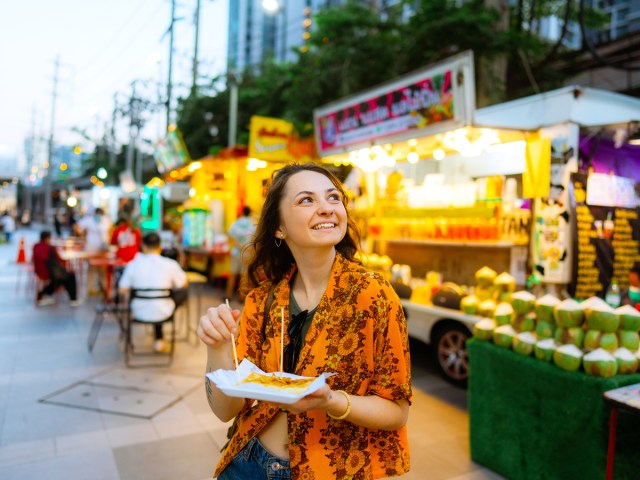
What better way to experience authentic cuisine or find artisan goods than at local establishments? Look for family-run restaurants, market stalls, and street vendors rather than restaurant chains and big-box retailers, especially if you have them at home. This is also a great way to learn more about the local cuisine and discover regional goods.
Your tourism dollars go a long way in supporting local businesses, which help these communities thrive. According to a 2021 University of Minnesota Duluth study, small independent retailers return more than three times as much money per dollar of sales to the local economy than chain competitors. Spending your money at small businesses is a great way to show appreciation to the locals who have welcomed you into their city.
Put Your Phone Away
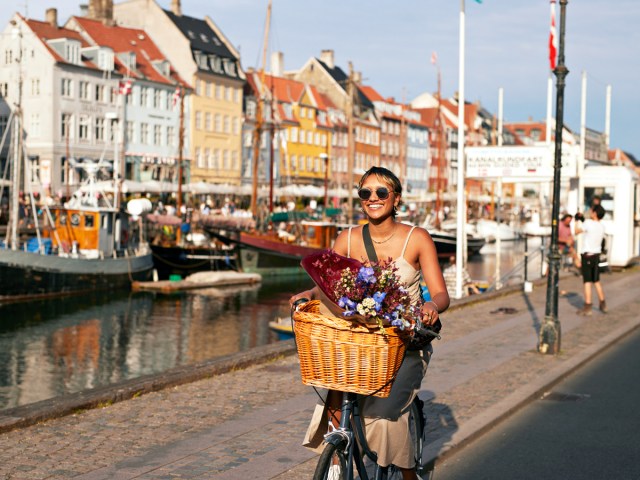
When asked about screen time during summer vacations, Michael Rich, director of the Digital Wellness Lab at Boston Children’s Hospital, says that digital devices can hamper vacation experiences. He explains, “Now, the issue with screen time also should not be that the time you spend on screen is toxic, but that it is displacing something else. And if it is displacing something that is arguably a richer, more positive experience, then one should be thoughtful about that and make that choice.”
Experiencing your vacation through a phone screen will prevent you from living in the moment. And if you want to blend in with locals, they likely aren’t documenting every second of their day-to-day life. Instead, snap a few pictures and then put your phone away so you can enjoy your surroundings.
Try Public Transportation
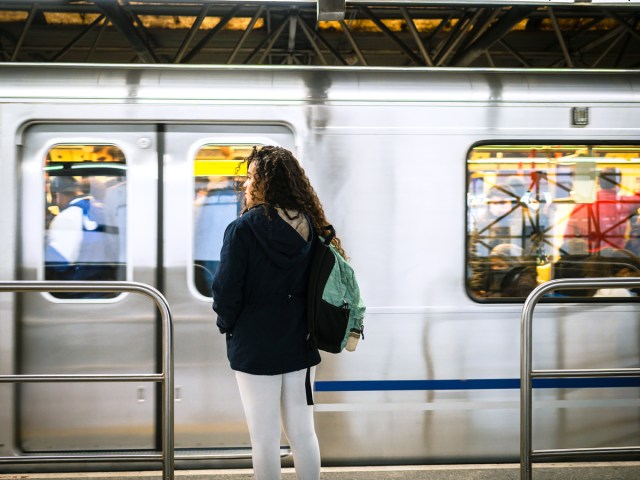
If public transit is readily available, skip the Uber or taxi and save some cash by learning to navigate as the locals do. This gives you a front-row seat to daily life. Many major cities have tourist passes for public transit, offering a limited number of days at a fixed price, so you can explore every corner of town without breaking the bank. For example, a Tourist Travelcard in Lisbon, Portugal, provides unlimited travel for 6.50 euros (for one day) or 14 euros (for three days) — in many cases, this is less than the cost of one taxi ride.
Avoid Sticking to Only Tourist Spots

When it comes to accommodations, hotels in heavily trafficked tourist areas can be tempting. But while much of the action is at your doorstep, it’s also in the epicenter of all things touristy. For a more authentic experience, choose accommodations near the hustle and bustle, but not in the middle of it.
For instance, in London, you might avoid the busier tourist areas in the West End and stay in Notting Hill, known for its charming, colorful row houses, local eateries, and boutiques. Similarly, in Paris, you might avoid the areas near the Eiffel Tower and Champs-Élysées and instead enjoy the local feel in a neighborhood like Le Marais.
Be Curious — and Flexible
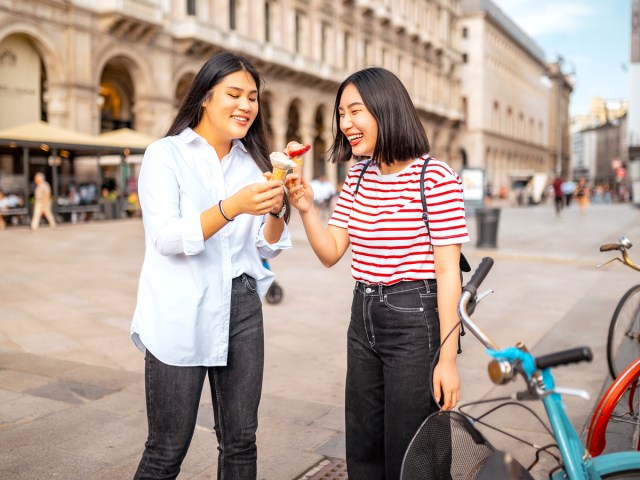
To truly explore a city like a local, you must go in with an open mind, ask questions respectfully, and avoid comparing things to how they’re done “back home.” Adapting to mealtimes, work hours, and holidays is part of the experience. In Italy, for example, shops are closed for pausa di pranzo, a midday break for employees to enjoy a long lunch. It might inconvenience you for a few hours, but try to enjoy the slower rhythm while discovering a new culture.
More from our network
Daily Passport is part of Inbox Studio, which publishes content that uplifts, informs, and inspires.

